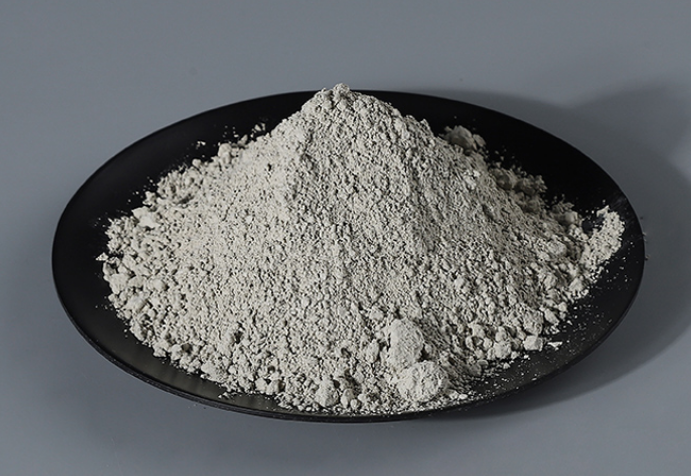What Is Mica Powder Used For?
Mica powder, a mineral-based substance derived from naturally occurring mica flakes, has found its way into numerous industries due to its unique properties and versatile applications. From cosmetics to construction, its shimmering appearance and functional characteristics make it a valuable ingredient in various products and processes. In this article, we delve into the diverse uses of mica powder across different sectors.
What is Mica Powder?
Mica powder is obtained by grinding mica flakes, which are naturally occurring minerals composed of silicate sheets stacked together. These sheets are highly reflective, imparting mica powder with its characteristic shimmering effect. Mica powder comes in various colors, ranging from translucent to opaque, and is available in different particle sizes, making it suitable for a wide range of applications.
Mica powder is a versatile colorant for arts and crafts projects, epoxy resin crafts, soaps and cosmetics. Just a teaspoon of this natural mineral can add shimmer, sparkle and vibrant color to any project. Unfortunately, it's not as widely known as other industrial colorants like dyes.
Cosmetic and Personal Care Products
One of the most common uses of mica powder is in the cosmetic and personal care industry. It is a key ingredient in the formulation of makeup products such as eyeshadows, lipsticks, blushes, and foundations. Mica powder provides a smooth texture, enhances color intensity, and adds a subtle sparkle to cosmetic formulations, giving them a luxurious and radiant finish. Additionally, mica powder is used in skincare products like lotions, creams, and soaps for its light-diffusing properties and skin-friendly nature.
Explore more:
Unlocking White Carbon Black: Benefits, Uses, and Sourcing Tips
Unlocking Kaolin Calcined: Uses, Benefits, and FAQs Answered
Paints and Coatings
Why Struggle with Spodumene Quality in Korea’s Market?
What are the key uses of cryolite powder?
How Do Volcanic Rock Crystals Transform Spaces?
How to Buy Vermiculite Online in Taiwan
What Is Horticultural Vermiculite and Its Benefits?
In the realm of paints and coatings, mica powder serves as a functional additive that enhances aesthetic appeal and performance characteristics. It is used in decorative paints, automotive coatings, and industrial finishes to create pearlescent or metallic effects. Mica powder improves the durability, adhesion, and weather resistance of coatings while imparting a unique visual texture that sets them apart from conventional paint formulations. Moreover, mica-based coatings are favored for their ability to reflect light, thereby reducing heat buildup and energy consumption in buildings and vehicles.
Plastics and Rubber Industries
Mica powder finds applications in the plastics and rubber industries as a reinforcing filler and processing aid. It is added to plastic resins, polymers, and elastomers to improve dimensional stability, mechanical strength, and electrical properties. Mica powder also acts as a lubricant during the extrusion and molding processes, facilitating the production of intricate shapes and reducing friction between mold surfaces and polymer melts. In rubber compounds, mica powder enhances flexural strength, tear resistance, and heat dissipation, making it suitable for applications in automotive, electrical, and construction sectors.
Building Materials and Construction
In the construction sector, mica powder is utilized in various building materials to impart desirable properties and visual effects. It is incorporated into concrete, mortar, and plaster formulations to enhance workability, reduce cracking, and improve surface finish. Mica powder is also used as a decorative additive in architectural coatings, textured finishes, and faux stone veneers, adding depth, luster, and visual interest to interior and exterior surfaces. Additionally, mica-based insulation materials offer thermal stability and fire resistance, making them suitable for use in building envelopes and fire-rated assemblies.
Other Applications
Beyond its primary uses in cosmetics, paints, plastics, and construction, mica powder finds applications in a myriad of other industries. It is employed in the manufacturing of electrical insulators, capacitors, and semiconductor devices due to its dielectric properties and thermal stability. Mica powder is also used in lubricants, adhesives, and sealants for its anti-friction and barrier properties. Moreover, it serves as a filler material in paper, textiles, and ceramics, imparting strength, smoothness, and heat resistance to the end products.
Conclusion
Mica powder emerges as a multifaceted material that plays a crucial role in various industries, from enhancing the aesthetics of cosmetic products to improving the performance of construction materials. Its shimmering appearance, compatibility with different matrices, and functional properties make it a preferred choice for manufacturers seeking to innovate and differentiate their products. As industries continue to evolve, the demand for mica powder is expected to grow, driven by its versatility and adaptability to diverse applications.
Explore more:Enhance Your Organic Garden with Vermiculite Benefits
How Can We Ensure Safety and Efficiency in Insulation Projects?
Industrial-Grade Vermiculite: The Ultimate Guide to Benefits & Uses
- Previous: None
- Next: None



